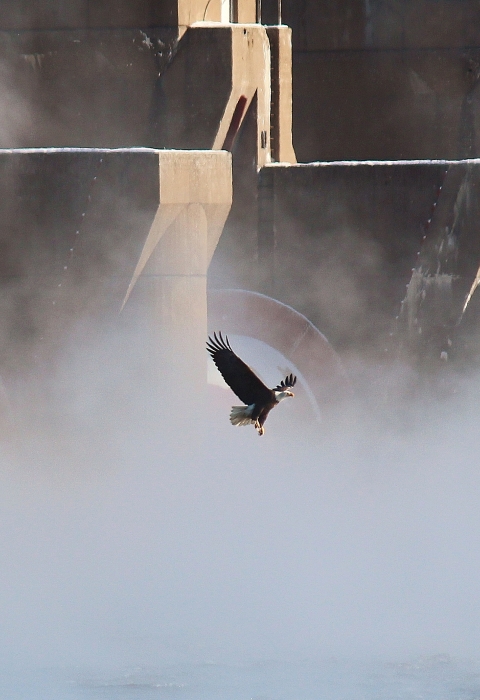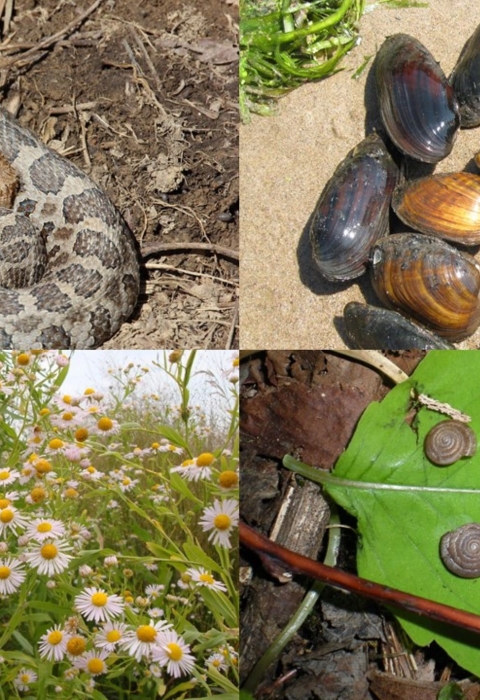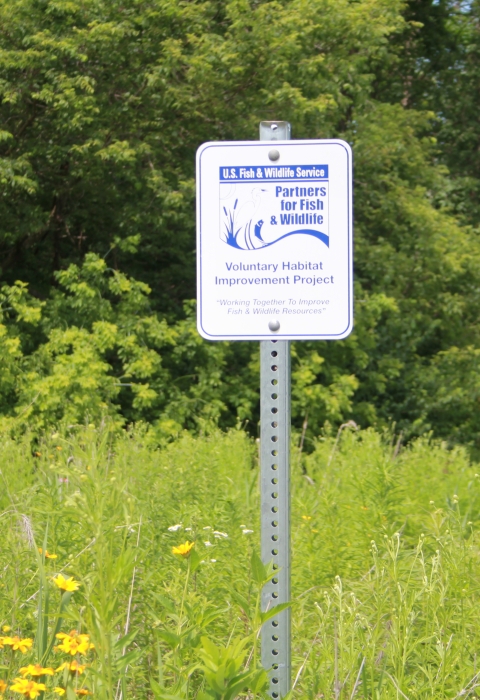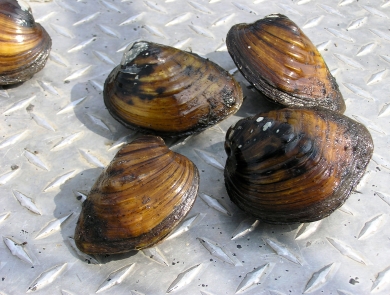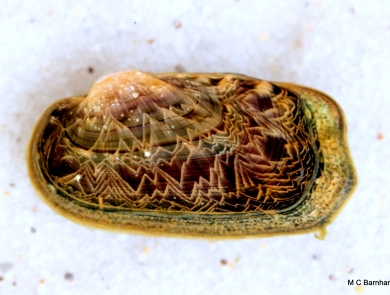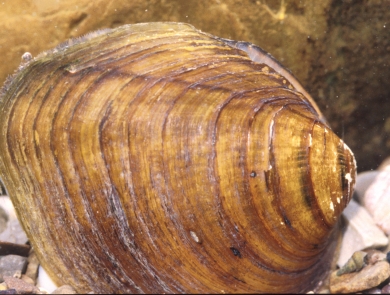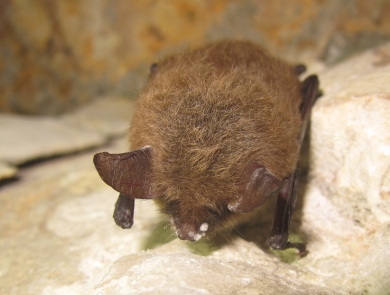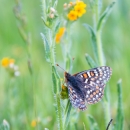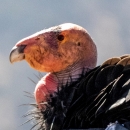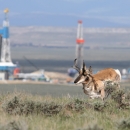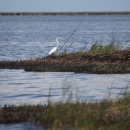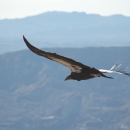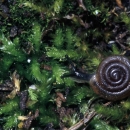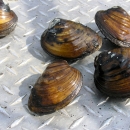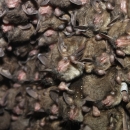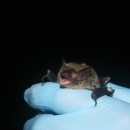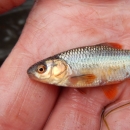If you need a species list or to start a project review, visit the link below.
https://ipac.ecosphere.fws.gov
What We Do
Our conservation vision is to provide enduring resource benefits through strategic conservation actions that support a growing conservation estate and a more resilient landscape throughout Illinois, Iowa and the greater Midwest. If you require a review of your project with a federal nexus (funding or permitting) for impacts to federally listed species or critical habitat, please see our project review page for more information.
Our Organization
Ecological Services at the Illinois-Iowa Field Office includes the following programs: Endangered Species, Conservation Planning Assistance, Environmental Response and Restoration, Partners for Fish and Wildlife and Conservation Planning Assistance, and Species Recovery.
Our Species
We conserve and restore threatened and endangered species and their habitats with a focus on imperiled bat and freshwater mussel species. Our office has also been actively involved with the conservation and recovery efforts for species such as the Topeka shiner, Iowa Pleistocene snail, decurrent false aster, and eastern prairie fringed orchid to mention a few. In addition, our office has taken an active role in the conservation of pollinator species including the monarch butterfly and their habitats in Illinois and Iowa.
For a list of threatened and endangered species, visit the link below.
Get Involved
We frequently partner with schools, museums, industry, private individuals and conservation organizations to communicate our involvement with fish and wildlife resources and conservation opportunities within the states of Illinois and Iowa. We also work with these groups and individuals to develop or identify conservation projects that may benefit threatened and endangered and other important fish and wildlife species and their habitats.
